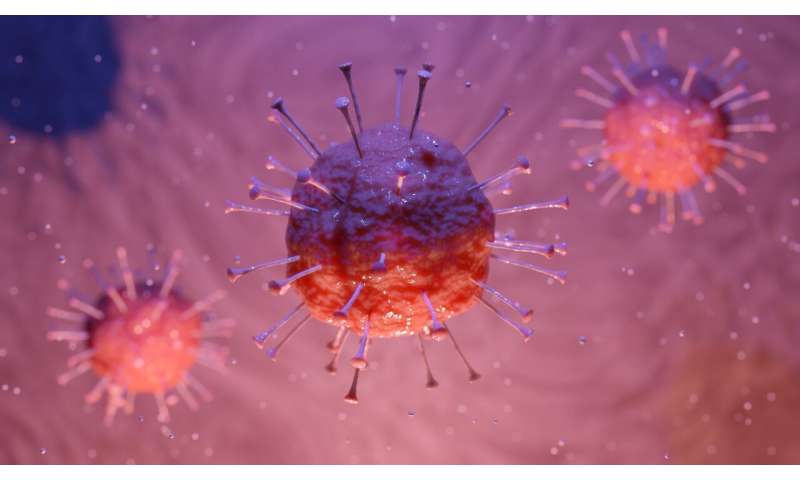
Today, the journal Radiology published the policies and recommendations of a panel of experts on radiology preparedness during the coronavirus disease (COVID-19) public health crisis. The article outlines priorities for handling COVID-19 cases and suggests strategies that radiology departments can implement to contain further infection spread and protect hospital staff and other patients.
Although severe public health measures have brought infection rates under control in China where COVID-19 began in December 2019, cases in Italy and Iran have increased exponentially.
Other countries have had approximately two months to prepare their responses to the COVID-19 epidemic. These responses are led by public health authorities in coordination with local governments and hospitals. Now that chest CT findings are no longer part of diagnostic criteria for COVID-19, the focus of most radiology departments has shifted from diagnostic capability to preparedness.
Radiology preparedness during this outbreak requires radiology department policies and procedures designed to have enough capacity for continued operation during a health care emergency of unprecedented proportions and to support the care of patients with COVID-19, while maintaining radiology support for the entirety of the hospital and health system.
Because of varying national and regional infection control policies, steps for radiology preparedness for COVID-19 will vary between institutions and clinics. The Radiology Editorial Board has assembled a team of radiologists who are active in coordination, development and implementation of radiology preparedness policies for COVID-19 at institutions or health care systems in Washington, New York, Georgia, California, Wisconsin and Singapore. Their policies have been developed in conjunction with infection control experts within their institutions.
In the article, each panel member describes their department’s top priorities for COVID-19 preparedness in their environment and the steps that have been implemented to address those priorities.
“The Editorial Board hopes that readers may find similarity of the highlighted healthcare systems to their own environment, providing impetus for action or confirmation of their current preparedness activities,” said David A. Bluemke, M.D., Ph.D., Radiology Editor and professor in Department of Radiology at University of Wisconsin School of Medicine and Public Health in Madison.
Priorities for COVID-19 preparedness vary among health care systems, but focus on early detection, limiting virus exposure to others, safety precautions, cleaning protocols, training, and maintenance of operations and staffing.
Western Washington state is the epicenter of the COVID-19 outbreak in the U.S. At University of Washington Medicine, the hospitals have begun screening at the high-flow main hospital entrances to check those coming in for symptoms that could be related to coronavirus infection or with risk factors related to travel or exposure.
“The radiology front desk serves as an additional screening site, with similar screening to that performed at the hospital front door,” said Mahmud Mossa-Basha, M.D., associate professor of radiology at University of Washington School of Medicine in Seattle. “Patients who come in with respiratory symptoms who are undergoing outpatient imaging or procedures have their imaging exams canceled and are asked to follow up with their primary care physician.”
Even after the outbreak subsides, radiology departments must continue to plan and prepare for future outbreaks and pandemics. At Singapore General Hospital, long-range planning for COVID-19 is considered a new norm for radiology operations.
Source: Read Full Article
